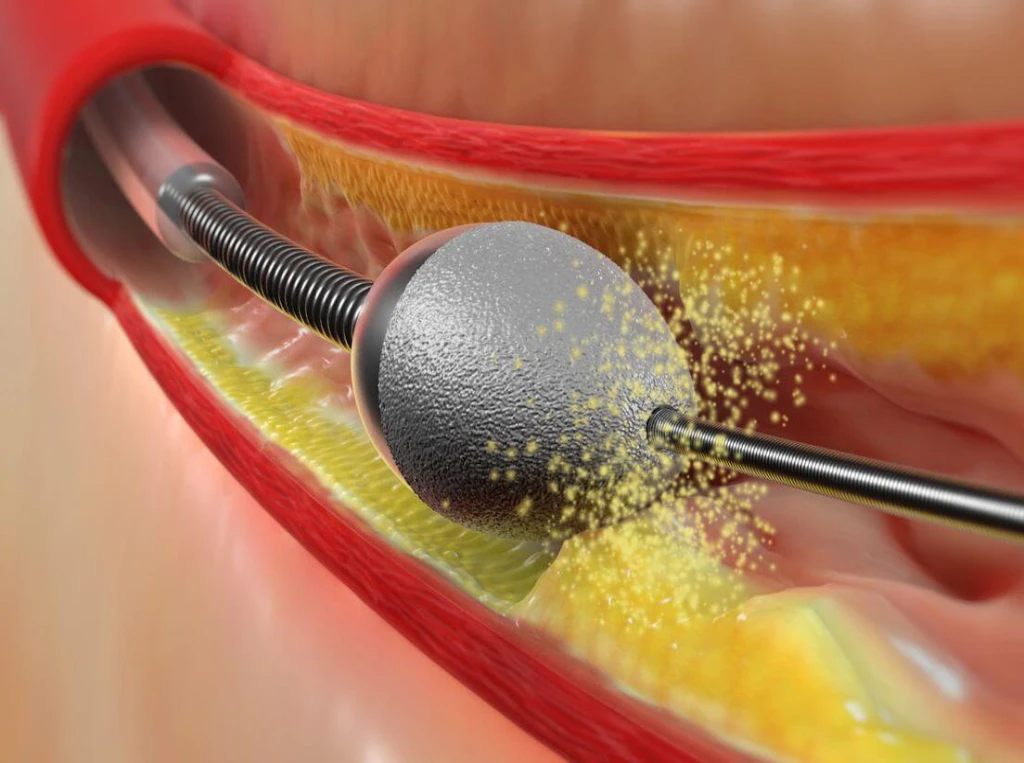Complex Procedures (Rotablation, CTO, IVL)
- Home \ Rotablation, CTO, IVL

What They Are and Why They’re Done
Some heart blockages are more challenging than others. Standard angioplasty may not always be enough to open heavily calcified or long-standing blockages. In such cases, advanced interventional techniques like Rotablation, Chronic Total Occlusion (CTO) interventions, and Intravascular Lithotripsy (IVL) are used
- Rotablation uses a tiny rotating device to remove hard calcium deposits inside the artery.
- CTO procedures are designed to open arteries that have been completely blocked for months or even years.
- IVL (Intravascular Lithotripsy) uses sound waves to gently break down calcified blockages, making stent placement easier and safer.
What Patients Gain from Complex Procedures
These advanced treatments give hope and options to patients who otherwise may not benefit from standard procedures.

Treatment for Difficult Cases
When arteries are fully blocked or hardened with calcium, these procedures provide solutions where standard angioplasty may not work.

Restored Blood Flow
By successfully opening complex blockages, blood circulation improves, easing chest pain, breathlessness, and reducing the risk of heart attack.

Avoiding Open-Heart Surgery
For many patients, these advanced catheter-based procedures reduce the need for bypass surgery, offering a safer, less invasive alternative with faster recovery.
Key Highlights of Complex Procedures
- Specialized techniques for hard, calcified, or long-standing blockages
- Performed only by highly trained interventional cardiologists
- Minimally invasive alternatives to bypass surgery in select cases
- Advanced devices ensure safety and precision
- Help patients who had limited treatment options before
Frequently Asked Questions
Find clear answers to common questions about angiogram, preparation, safety, recovery, and more to help you feel confident and informed
Are these procedures safe?
Yes. While technically more demanding, they are performed using advanced devices by experienced cardiologists with strict safety protocols.
How long do they take?
Complex procedures may take longer than standard angioplasty, sometimes 1–3 hours, depending on the case.
Will I need a stent afterward?
In most cases, a stent is placed once the blockage is prepared using Rotablation, CTO intervention, or IVL.
Is recovery different from normal angioplasty?
Recovery is generally similar, with most patients able to go home within 1–2 days.
Who needs these procedures?
Patients with fully blocked arteries (CTO) or severe calcification that cannot be treated with regular angioplasty are considered for these advanced options.
Take charge of your heart health with expert care
Book your angiogram with Dr. G. Dimpu Edwin Jonathan and get the clarity you need for a healthier tomorrow.

